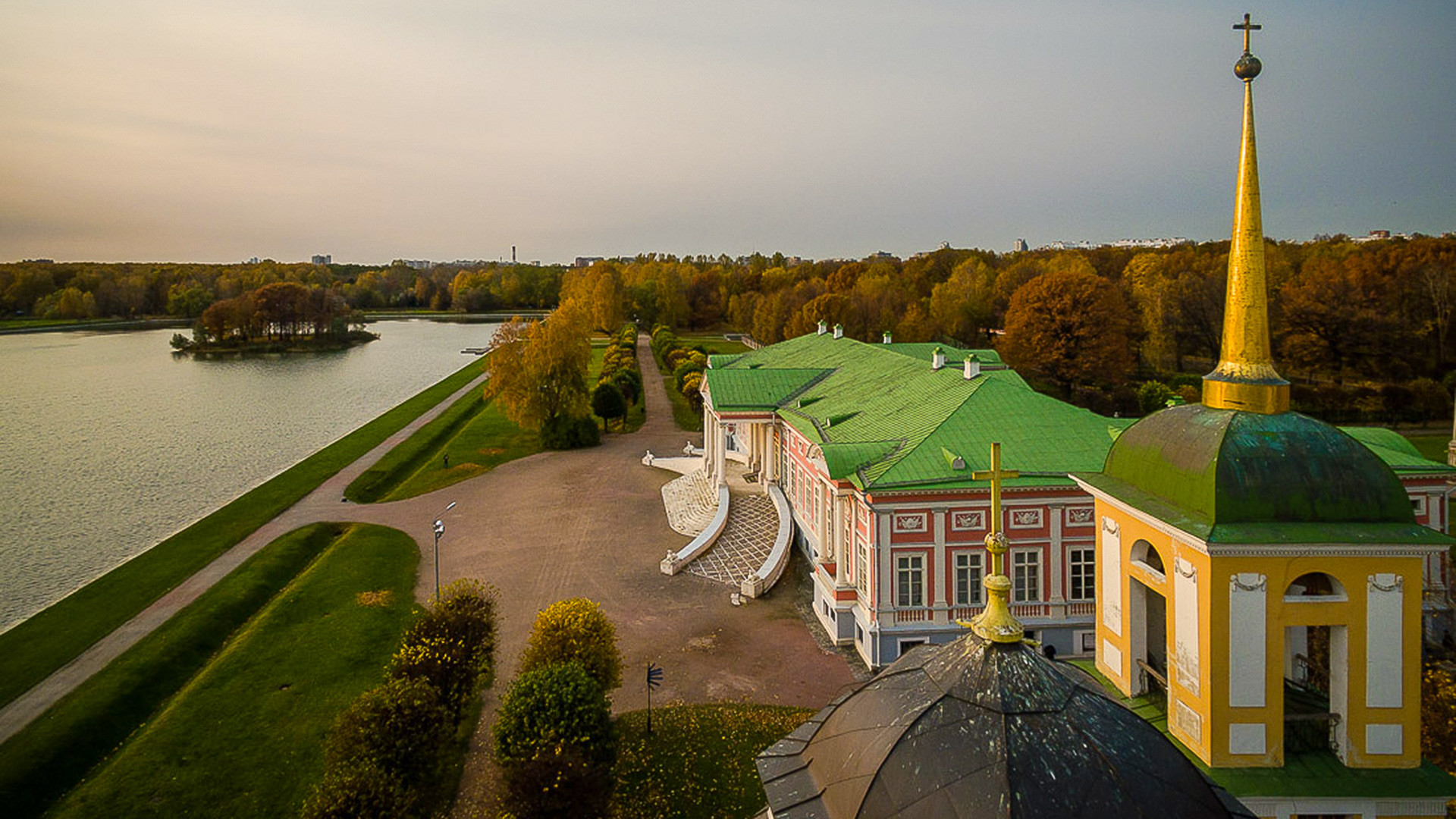
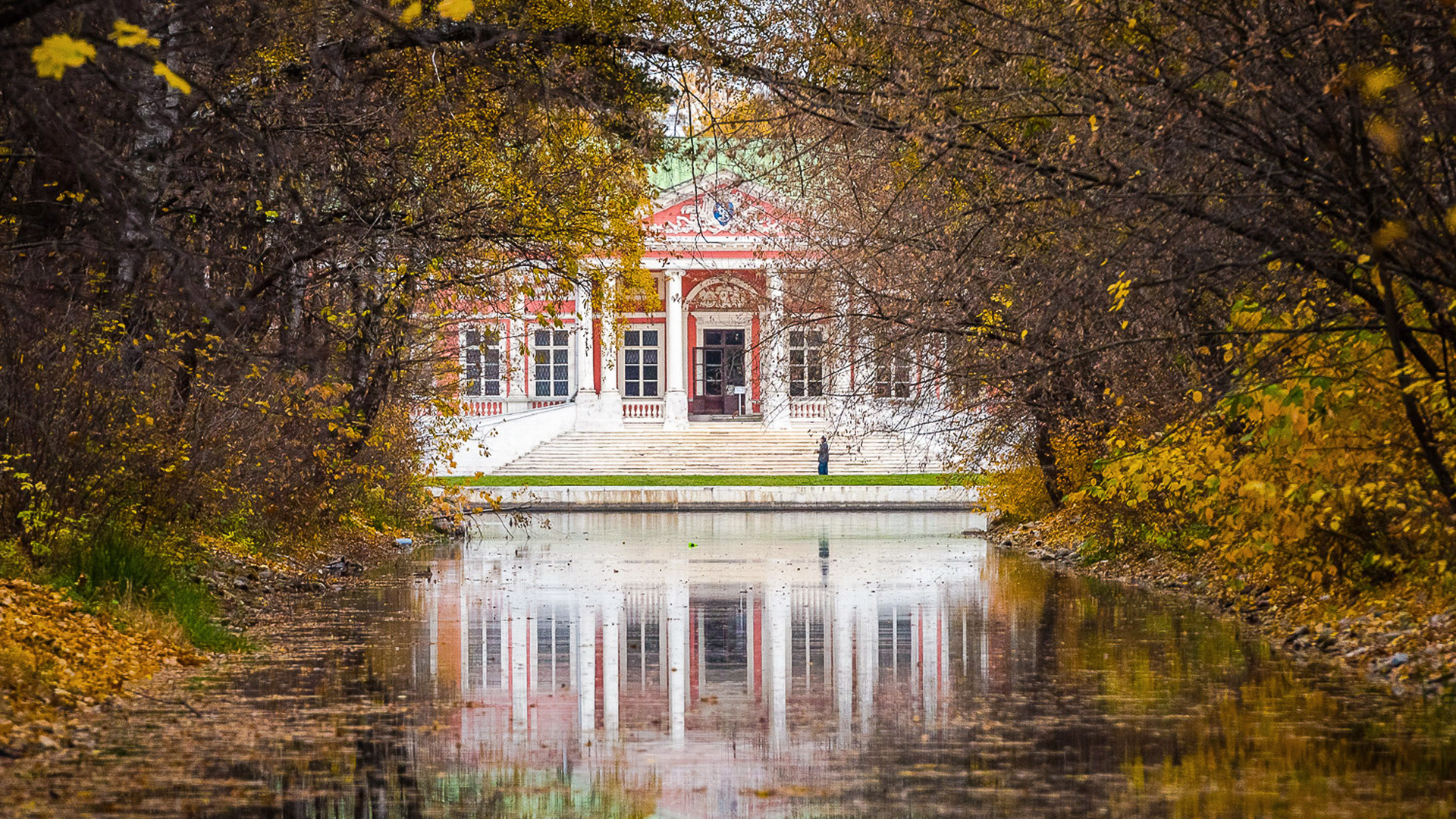
The eminent family of Count Sheremetev built one of the largest and most elegant palace and park complexes in Moscow. It was mostly intended for summer entertainment and receptions. The village of Kuskovo had belonged to the Sheremetev family since the 16th century. But contemporary images of the estate are mostly based on how it looked at the end of the 18th century.

The palace was built under the order of Count Peter Sheremetev in 1769-1775 in the style of early Russian classicism. “The Big House” was intended for solemn receptions. The architect is unknown, but some researchers believe that drawings and drafts of the French architect Charles de Vailles (he was also the author of the project of the Royal palace in Belgium), were employed.

Hard to imagine, but the palace is constructed of wood covered with pink stucco. Three porticoes with columns decorate the facade; the top parts of each of them made of lush wood carvings. Sphinx figures are installed in front of the white stone staircase. It was possible to ride on a carriage directly to the doors of the palace.
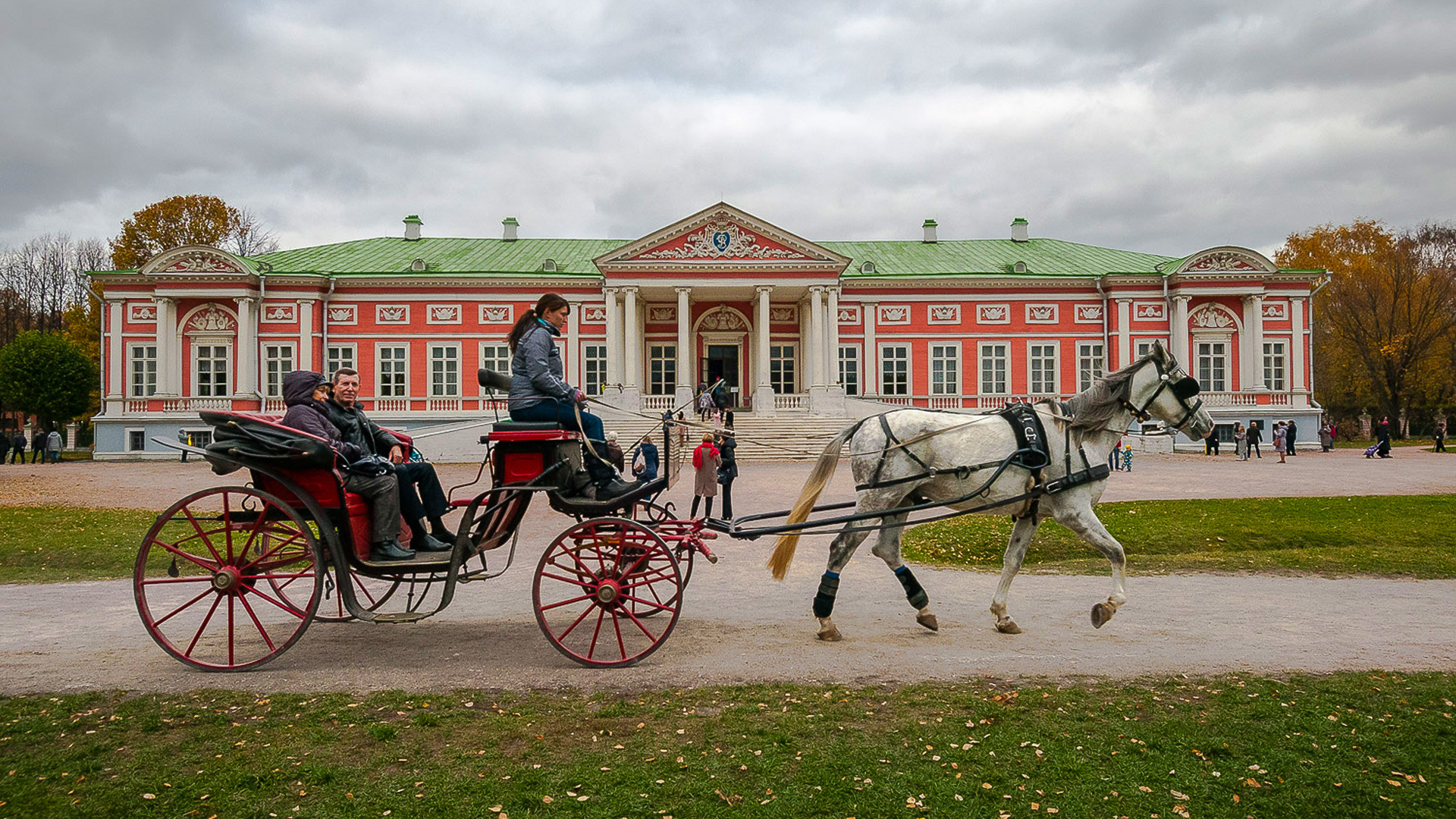
Many of Kuskovo’s buildings have been perfectly preserved and are now open to visitors - thanks to the fact that after the Bolshevik Revolution the territory was granted the status of a museum. This saved it from devastation or use by the Bolsheviks for various economic needs.
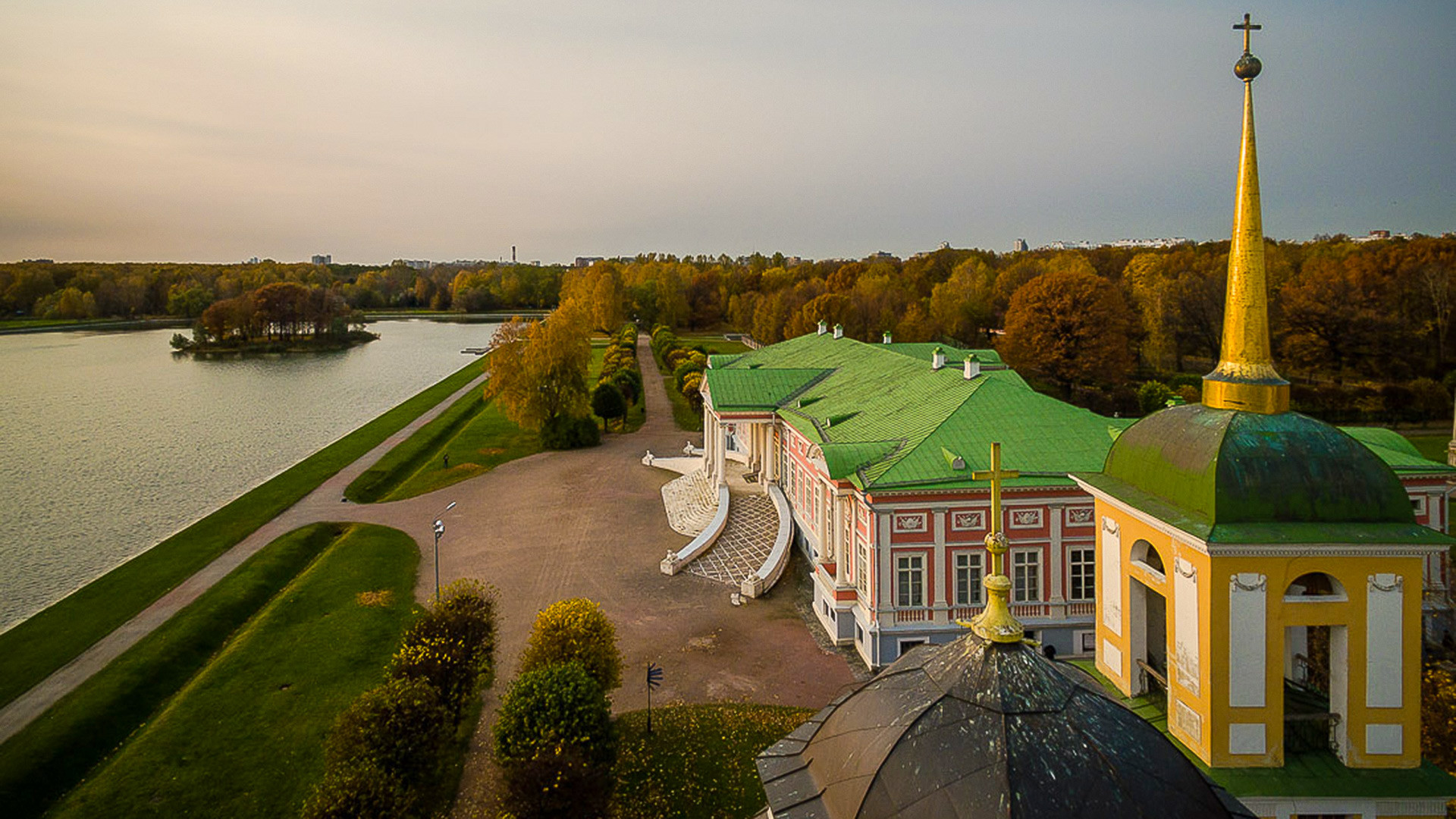
There used to be a wooden church in Kuskovo, but in the 18th century the stone Savior Cathedral was built here. The church has been preserved in its original condition and it’s an example of the Annian Baroque style (from the period of Empress Anna Ivanovna’s reign).
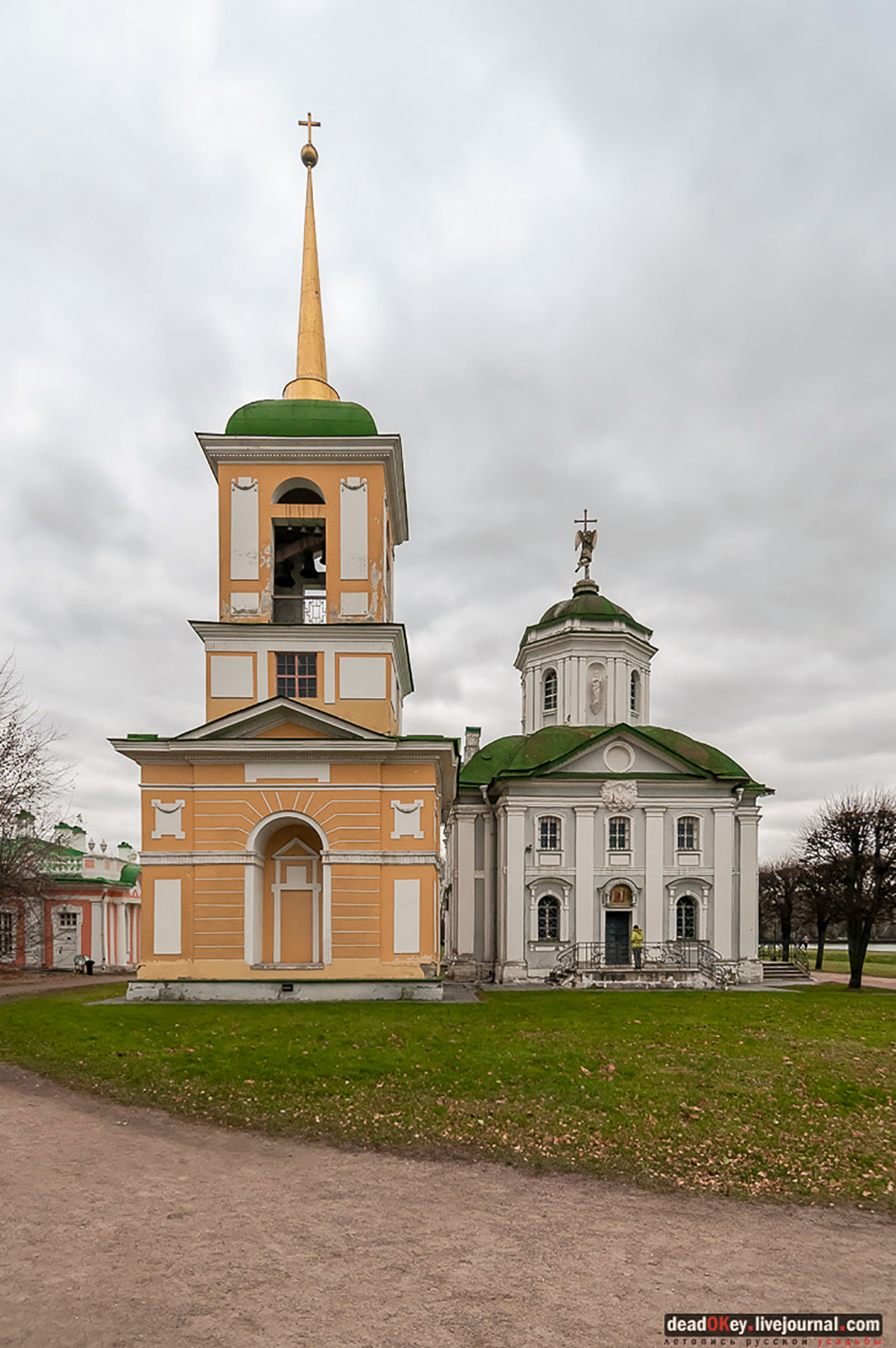
This small pink building near the church is a kitchen. Servants carried dishes from here into the palace’s dining room. It was the serf architect Fedor Argunov who designed the kitchen building in the same style as the palace.
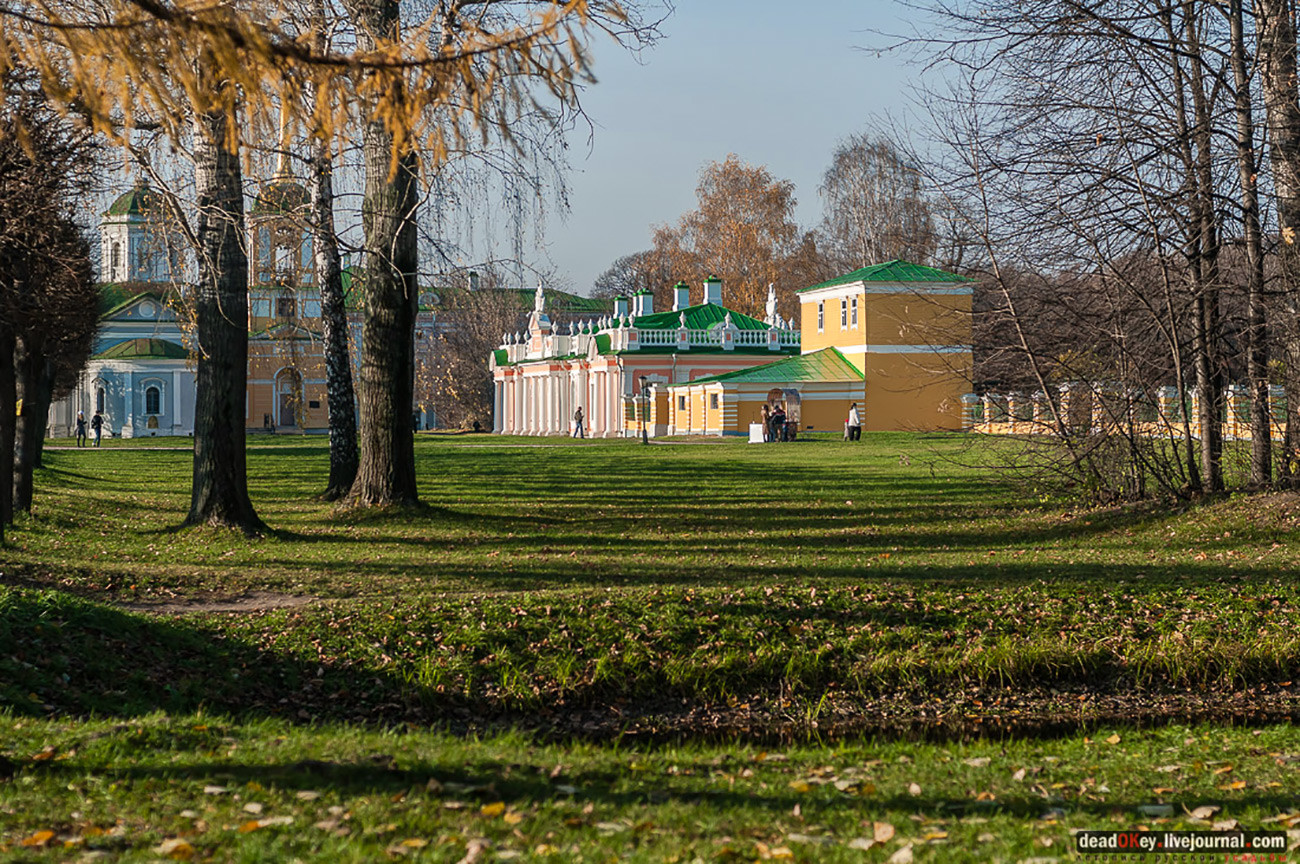
Sheremetev tried to entertain his guests with any available sources, so he built several very interesting pavilions. Each of them is open to the public.

One of the most exotic decorations of the estate is the Baroque Grotto pavilion. Similar constructions appeared in gardens and parks in Italy in the 16th century.

By the 18th century, the fashion for building grottoes had reached Russia. In Europe there were bathhouses or fountains inside the grottoes, while in Russia they were mostly pavilions in parks of noble estates.
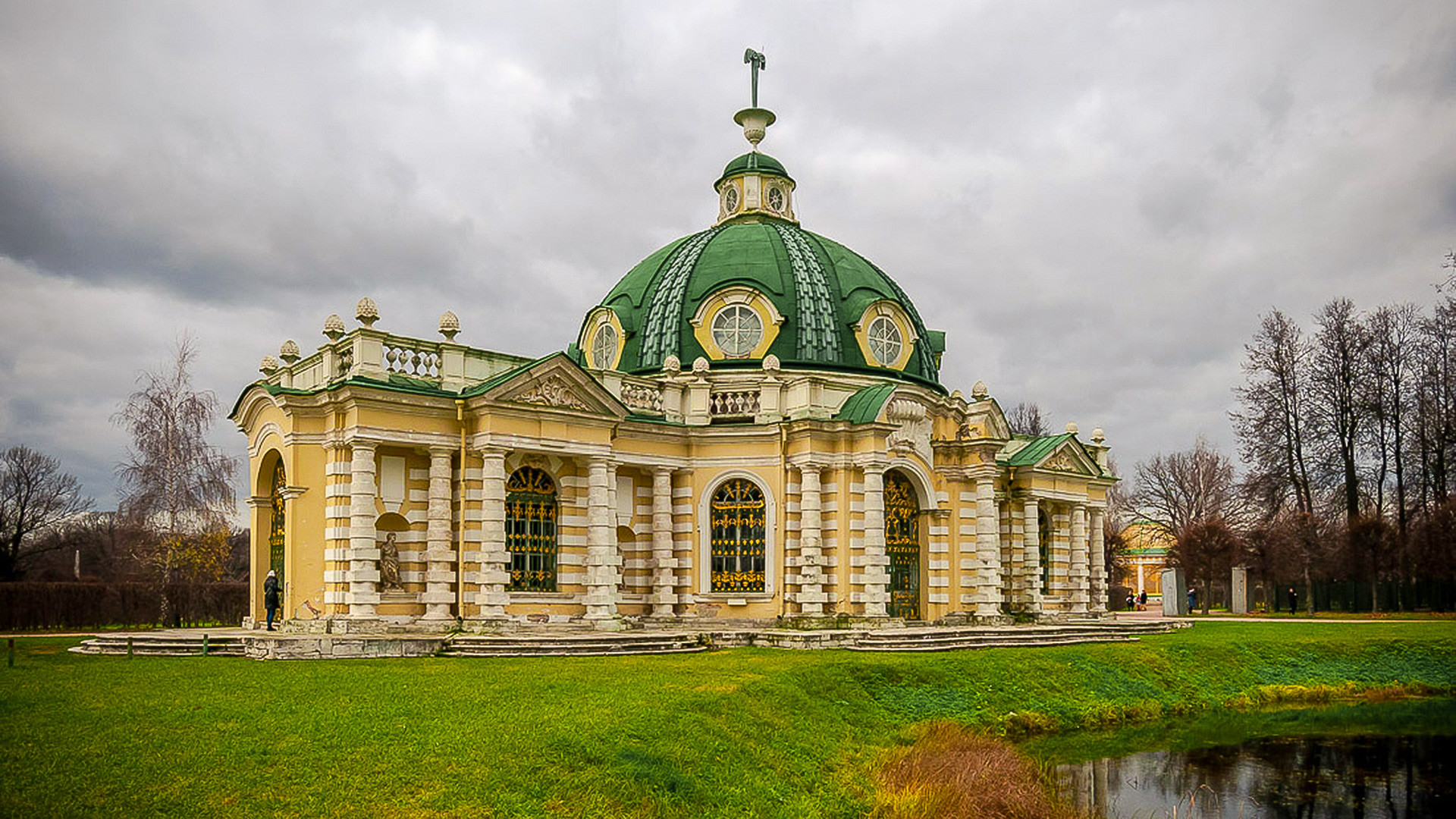
In the "Grotto" people could also hide from the summer heat. Thousands of shells were used in its decoration and there are niches with white-stone statues of Roman gods in the walls. The dome is crowned with a carved vase resembling a fountain.

Another pavilion is the Dutch house. Its architecture resembles the Dutch buildings of the 17th century. The interior is decorated in the same style.
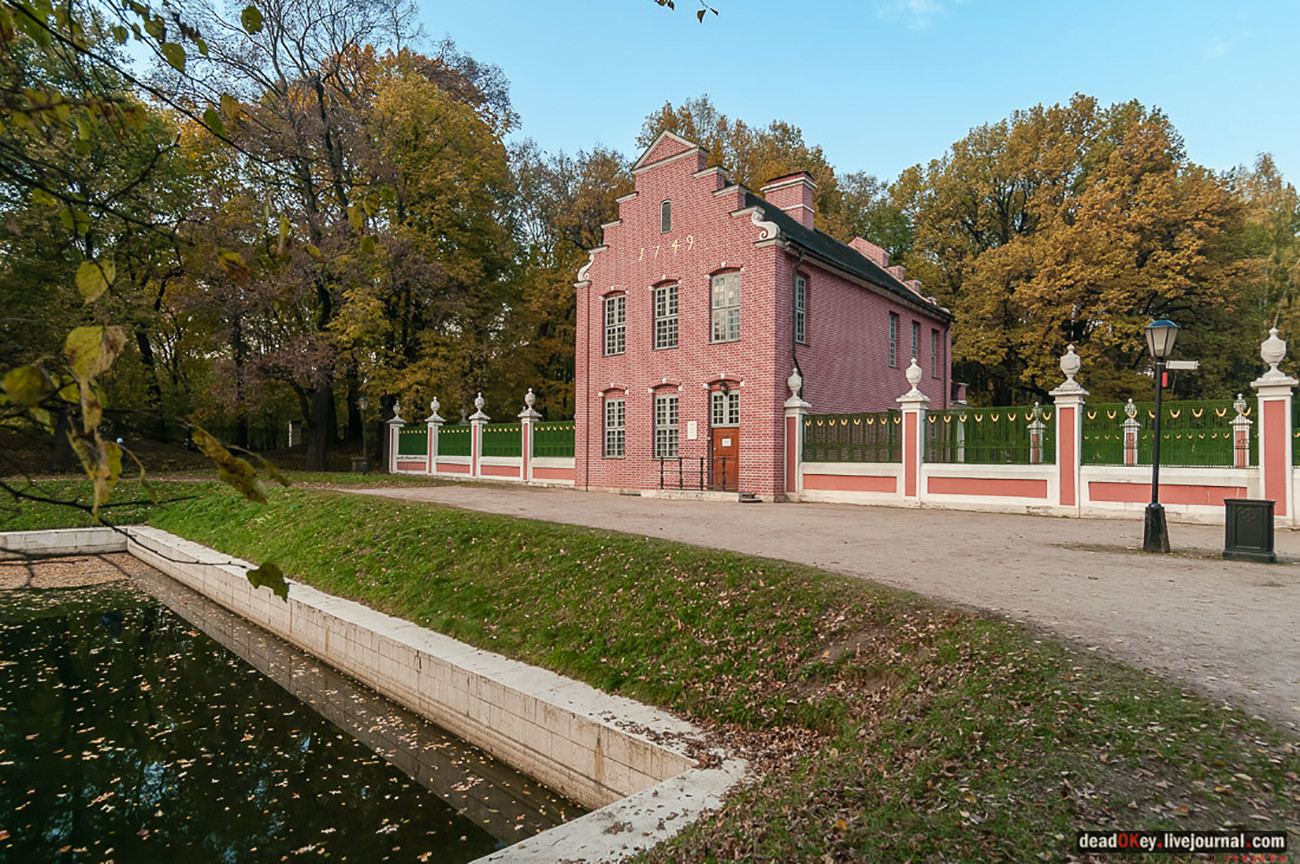
And this is an Italian house – a two-story pavilion used for receptions. A collection of rarities is situated on the ground floor: among them are sculptures, patterns sewn with beads or composed from colored marble, and small-scale models of buildings. The second floor is decorated with sculptures and has more space for guests.
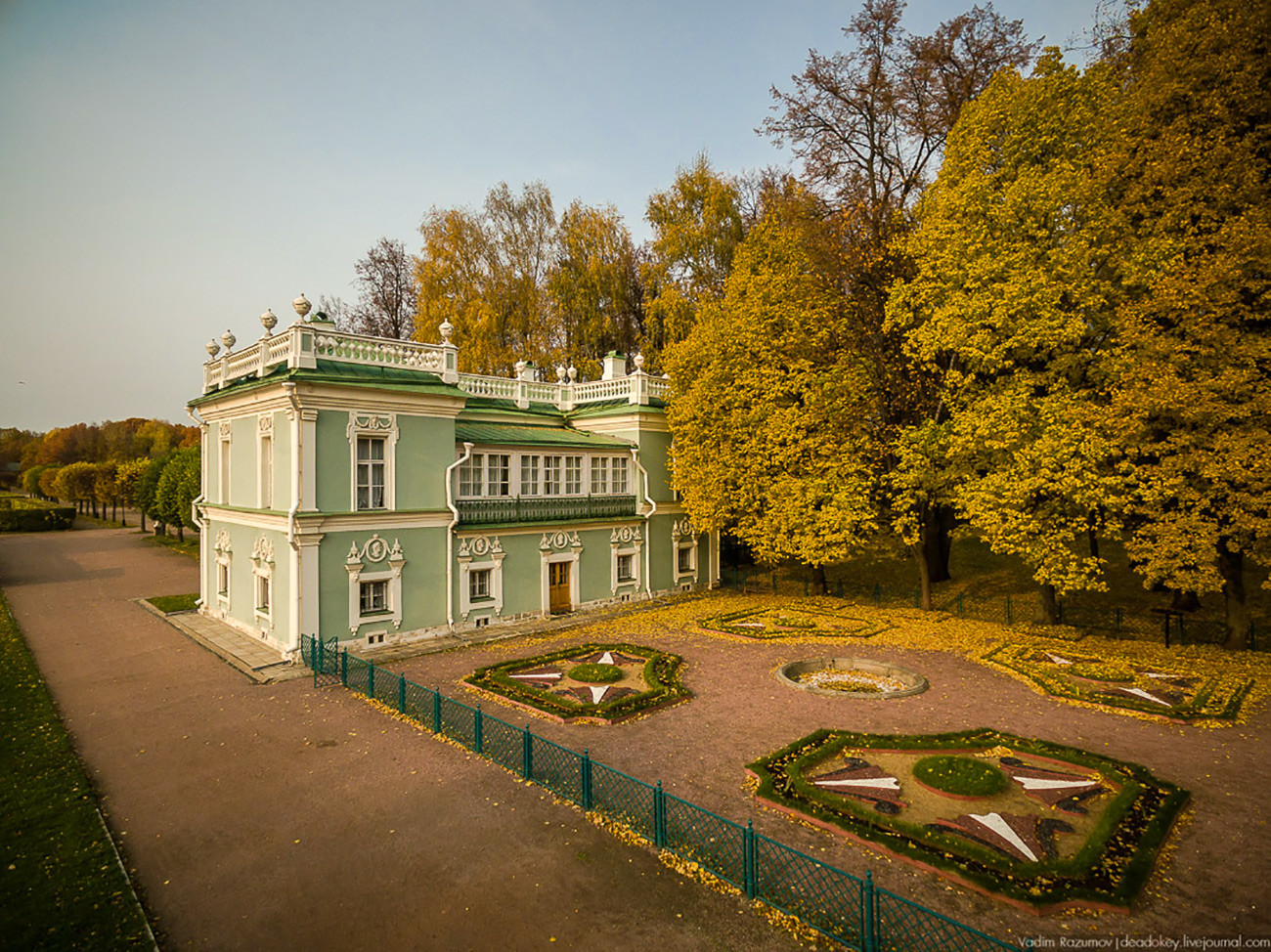
In the aviary songbirds have always been kept, the sound of their voices giving a charming atmosphere to the park. Today feathered inhabitants still live here, and even in winter you can see several peacocks.
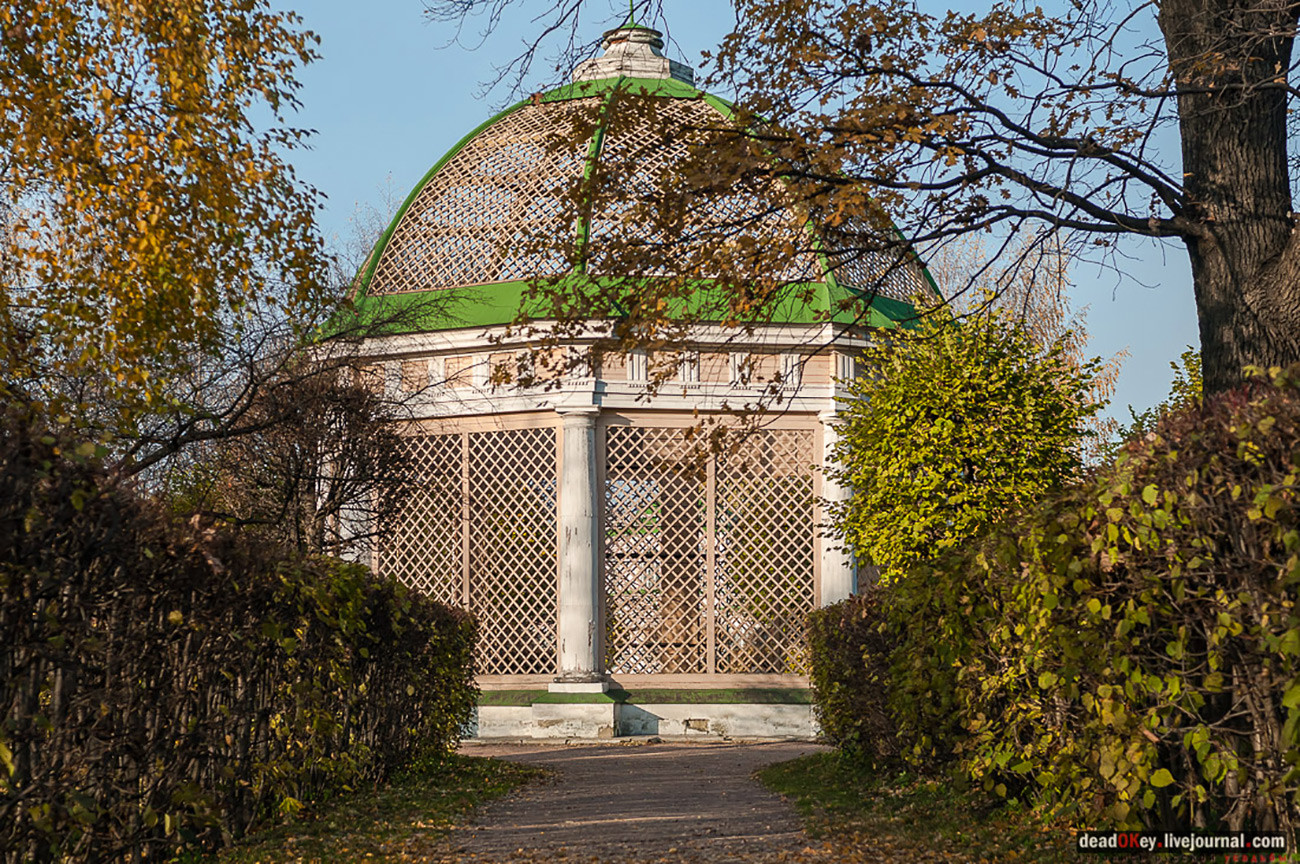
The estate also had gardens and orangeries, where exotic trees and fruits were grown: almonds, pomegranates, peaches, olives and lemons. The Large Orangerie was also built by the serf architect Argunov in 1761-1762. Peter Sheremetev loved eccentric gestures and every winter used to send a basket of peaches to the Empress.
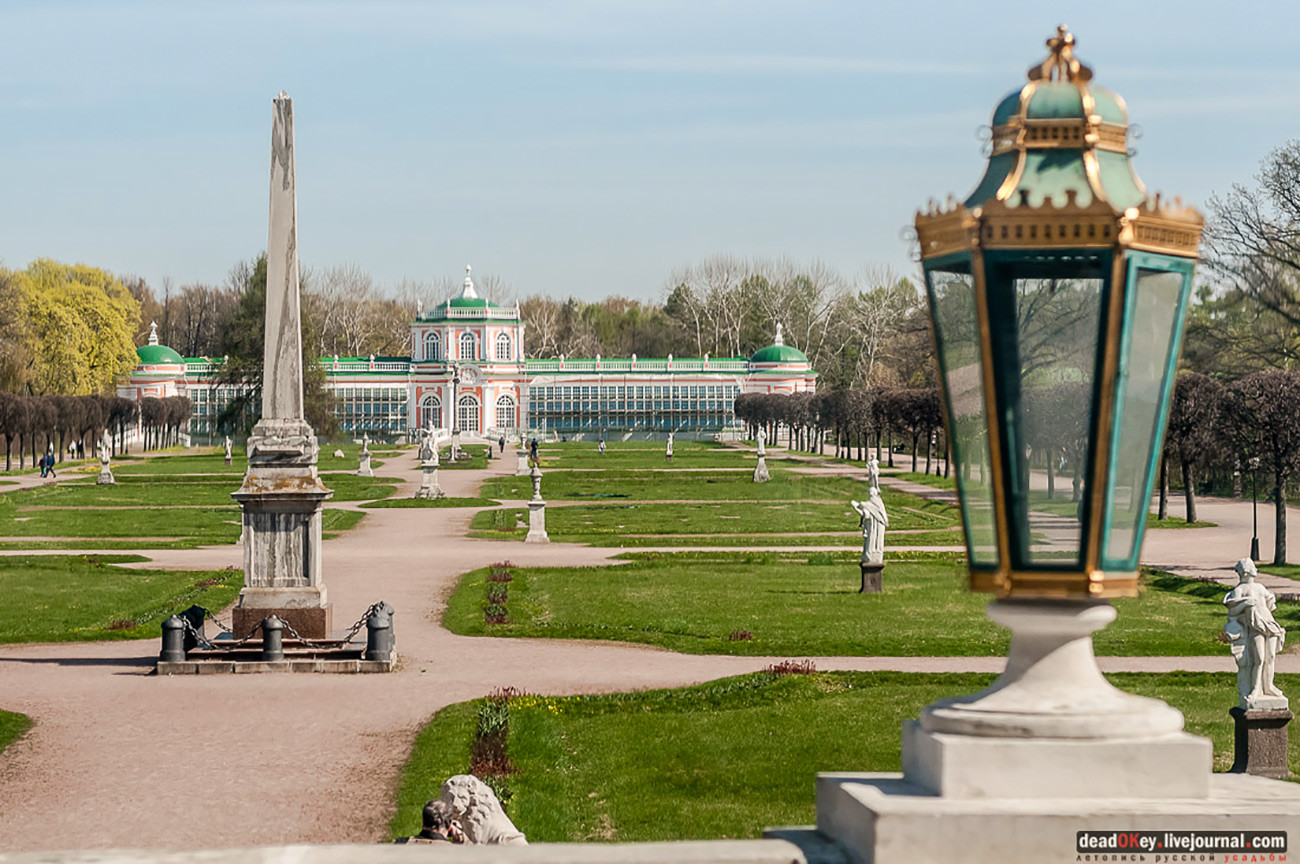
Sheremetev was keen on arranging open-air theater performances. His troupe of serfs was famous throughout the whole Empire. There is a very touching story about this: Count Nikolai Sheremetev fell in love with the serf actress Praskovya Kovaleva (she performed under her stage name, Zhemchugova, and was talented and sensitive.
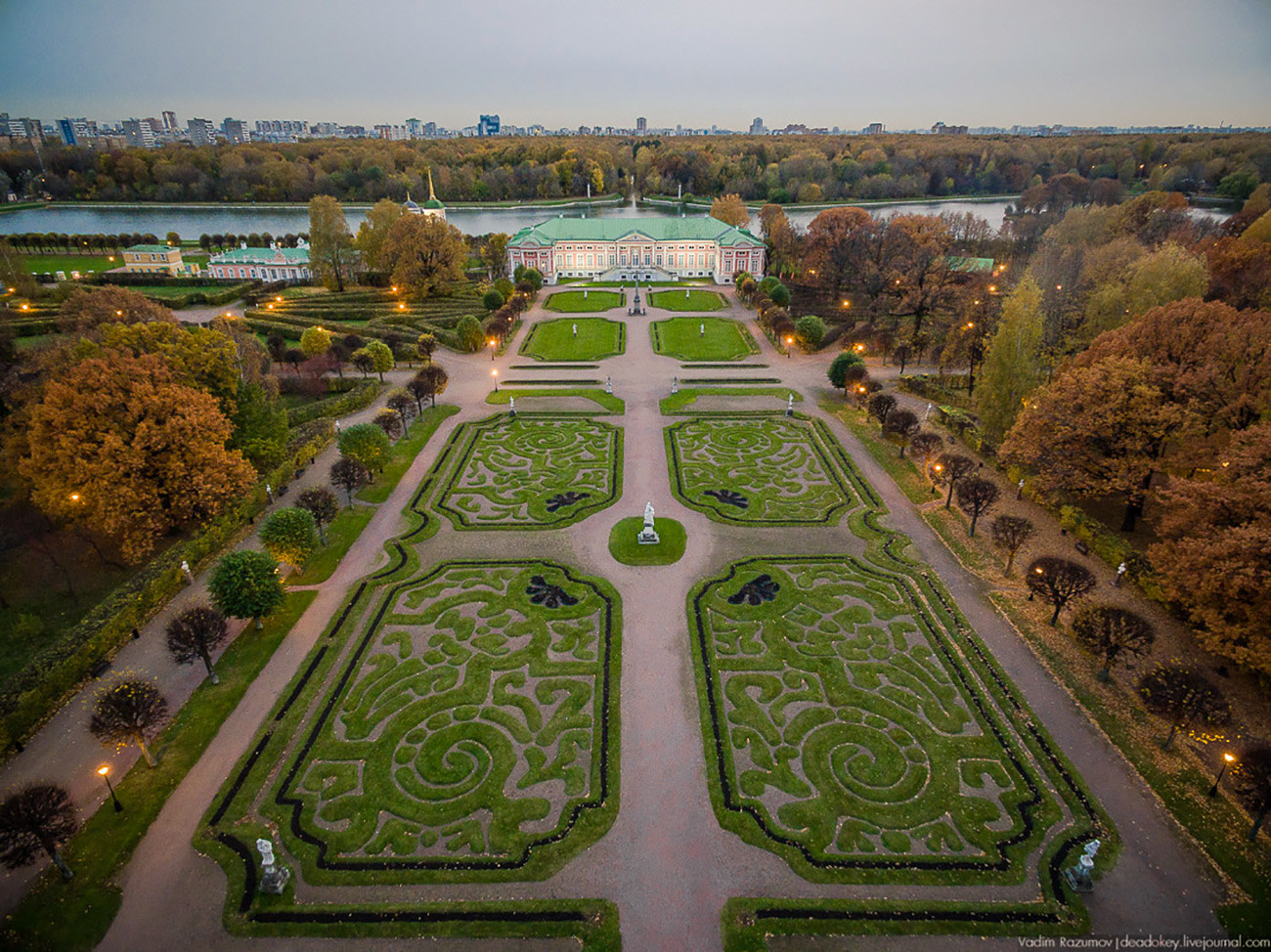
He set her and all her family free from serfdom and received the emperor’s permission to marry her - an uncomment gestures at the time.
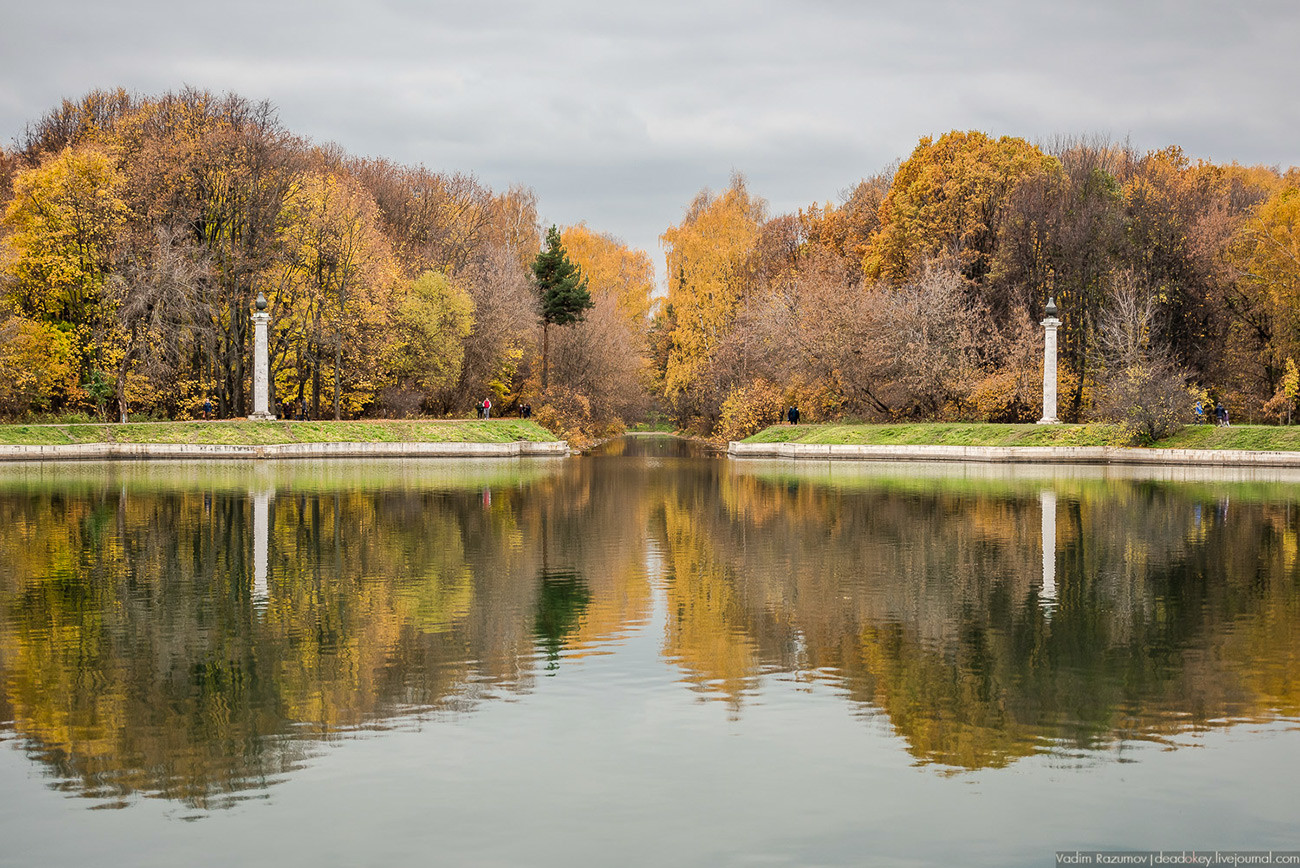
Zhemchugova died when she was 34 years shortly after giving birth. After that the count devoted his life to charity. One of the streets near the estate is now called Zhemchugova Alley.

If using any of Russia Beyond's content, partly or in full, always provide an active hyperlink to the original material.
Subscribe
to our newsletter!
Get the week's best stories straight to your inbox